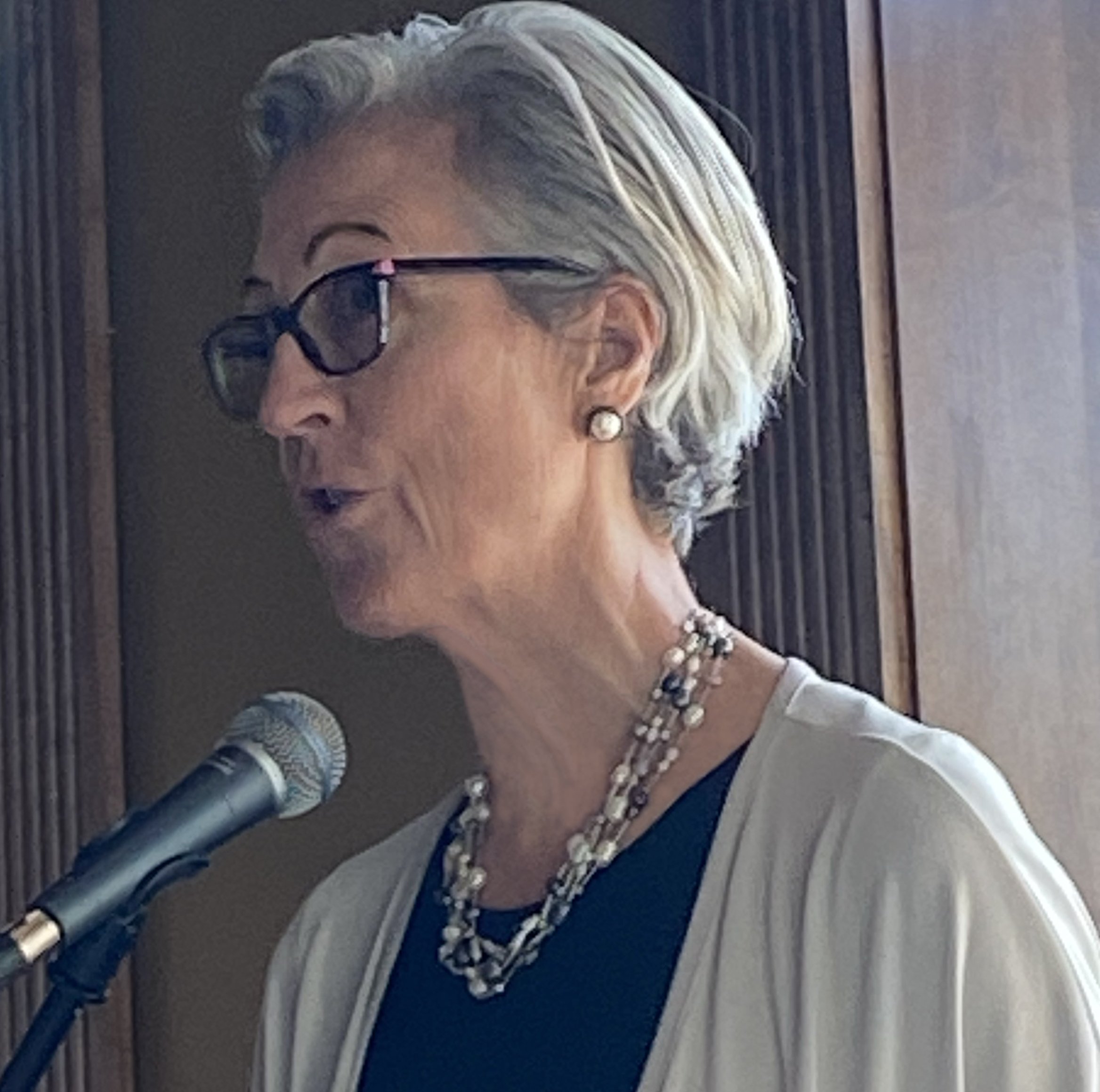
-
Brief Bio

-
Art and Comics

-
Interview

-
Interview

-
Interview

-
Interview

-
A former Stanford and pro basketball player, Mariah Burton Nelson is an award-winning author, speaker, and thought leader who has written seven books — including The Stronger Women Get, The More Men Love Football — for Random House, Harcourt Brace, Harper San Francisco, and William Morrow.
-

She has written for The New York Times, Newsweek, Ms., Glamour, Shape, USA Today, and many other publications, and wrote a weekly column for The Washington Post. She has delivered keynotes to hundreds of audiences in 49 states, and has appeared on Today, Good Morning America, PrimeTime Live, Dateline, Nightline, Donahue, Larry King Live, Diane Rehm, Terry Gross, and many other TV and radio shows.
She also served as Executive Director for the American Association for Physical Activity and Recreation and Vice President for Innovation at ASAE, the Center for Association Leadership.
-

Recently, she co-authored an article for Forbes about trans girls and sports. NPR's Morning Edition interviewed her about Title IX; Sports Illustrated quoted her in their recent Title IX 50th anniversary edition.
She lives with her wife, Katherine, in Arlington, Virginia, and Rehoboth Beach, Delaware, where she writes, draws, swims, and works with the Women’s Sports Policy Working Group to preserve fairness and safety for female athletes.
-

Nelson earned a B.A. from Stanford (‘78), and a Masters in Public Health from San Jose State (‘83). One Stanford rebounding record was unbroken for 24 years.
After college, she played for Clermont Universite Club, which was the best women’s pro team in France, and which competed in the European Cup.
Later she played for the New Jersey Gems of the Women’s Pro Basketball League, the first US women’s pro league, which lasted from 1978-81 and was inducted into the Women’s Basketball Hall of Fame as a Trailblazer of the Game (2018).
Groundbreaking Feminist Author & Athlete
Stanford and Pro Basketball
Mariah played for Stanford University, where she insisted that the athletic department begin implementing Title IX, as described in articles in NPR’s Morning Edition and Sports Illustrated in 2022.
She also played for the New Jersey Gems in the first women’s U.S. pro basketball league (the WBL)
Firsts & Breaking Stories
As a journalist and author, broke these stories:
…a pattern of homophobia in women's sports
In 1991, she wrote Are We Winning Yet? (Random House,) which includes a chapter ("A Silence So Loud It Screams") that describes the pattern of homophobia in women’s sports.
…a pattern of sexual abuse by coaches
In 1994, she wrote The Stronger Women Get, The More Men Love Football, which includes a chapter ("My Coach Says He Loves Me”) that describes the pattern of sexual abuse by coaches — primarily male coaches’ grooming and exploiting female athletes.
Nelson later co-wrote, with Deborah L. Brake, Staying in Bounds, An NCAA Model Policy to Prevent Inappropriate Relationships Between Student-Athletes and Athletics Department Personnel. (2012)
…a pattern of rape and domestic violence by football players
"Sexual Assault as a Spectator Sport” (another chapter in The Stronger Women Get, The More Men Love Football, was the first to describe the pattern of rape, gang rape, and domestic violence by football players. Her article, "Bad Sports” (New York Times, June 22, 1994) appeared five days after O.J. Simpson was arrested for murder; she had described Simpson’s history of domestic violence in the book.

I fell in love with the written word early, while seated on Mom’s lap as she read to me. I started writing about the empowerment of women through sports in 1980. Almost no one else was paying attention to female athletes then.
I spent almost two decades writing and speaking about the empowerment of women through sports. Later I worked for two associations. Now I’m back/forward to writing.
Like the stories I first fell in love with as a child, my new stories have pictures. They’re still about sports and feminism; they’re also about pain and recovery as illustrated by an aging athlete’s struggle to retain her athletic identity in the face of limitations and loss.


